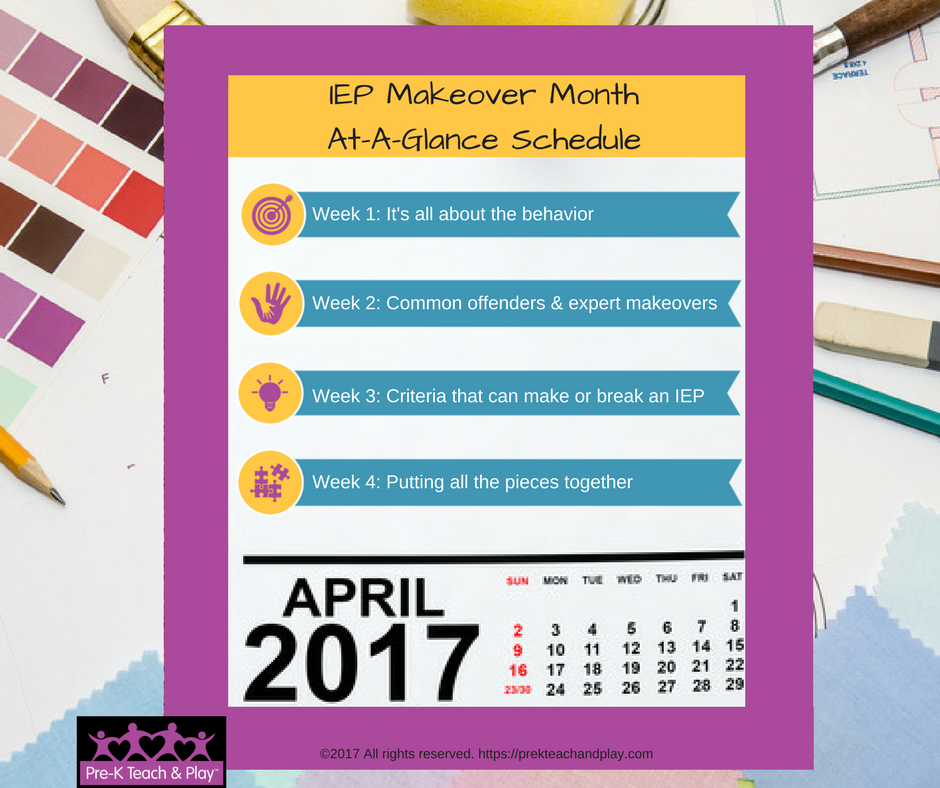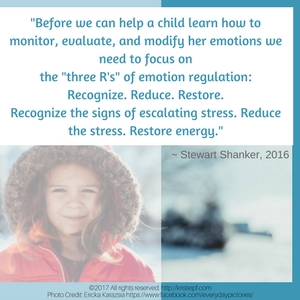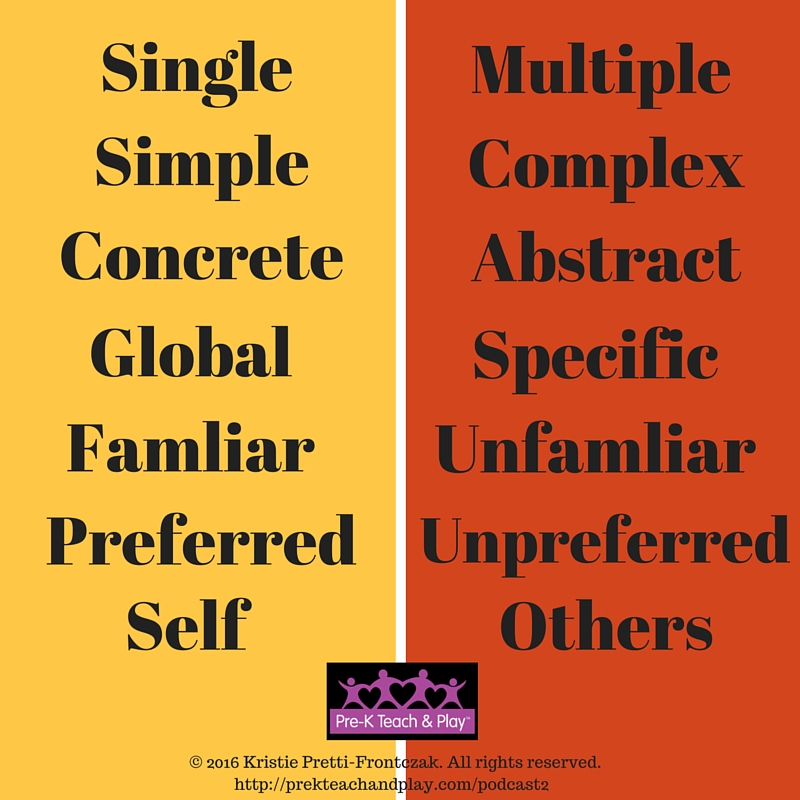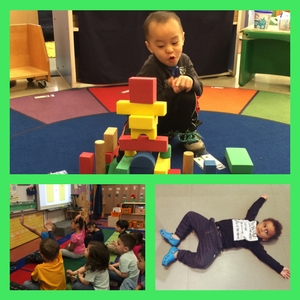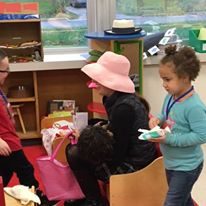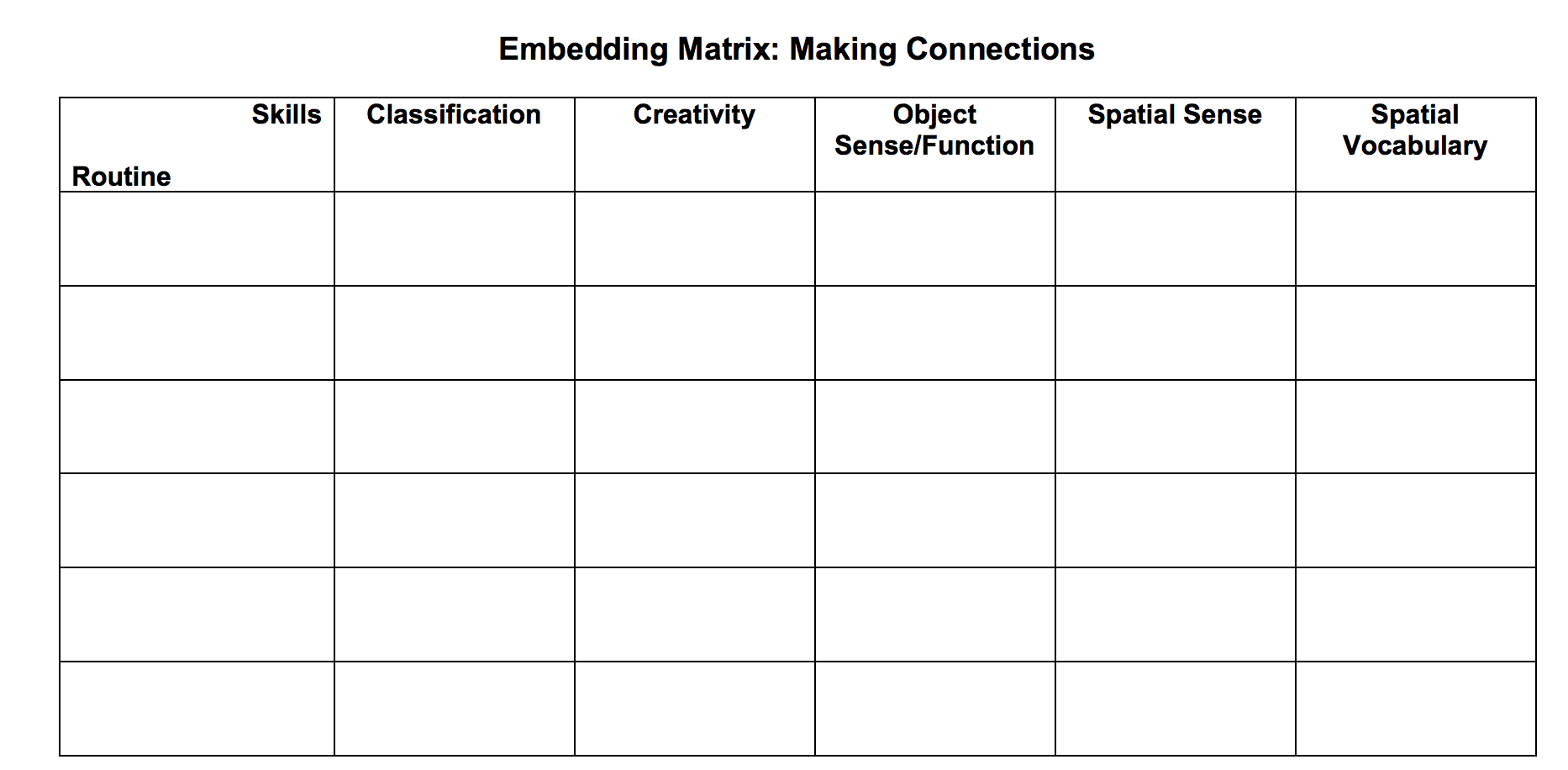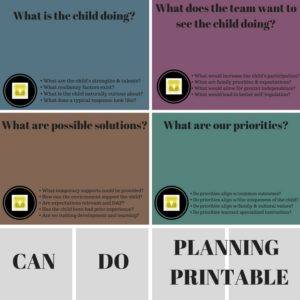












































Coaching Notes and Resources for EC Teams













































April is IEP Makeover Month!
If you struggle to write IEP goals that help children thrive in school and in life, then I invite you to join a private FB group!
Each week-day in April, I'll be using a time-tested and research-based formula to makeover some of the most challenging IEP goals.
As a community, we'll work to give IEPs for preschoolers a much needed makeover by co-creating goals that are measurable and meaningful![/text_block]


























































































• Shanker's “Understanding Stress Behaviors” [infographic]
• IEP examples for teaching symbolic play [TBP]
• Progression of symbolic play [pdf][/text_block]


























































































• Weathering the Storm – Making a bid [google drive] [audio][/text_block]













































Flipped Learning For March 1, 2017
[/text_block]













































Directions
- Use TS Gold class profile data to rate class (am or pm) on the self-regulation rubric
- Watch video if you want/need more support on how to use the rubric
- If possible, rate as a team during a planning meeting
- Use a rubric for the entire class and/or a separate rubric by child/small group
- Have access to TS Gold class profile & completed rubric(s) on 3-1-17
[/text_block]


























































































Strategies for being a play partner:
• (added in late December) Joining a child's “independent” play [video]
• (added January 1) Steps for entering a child's play (ASD specific) [video] and tip sheet with video link embedded [pdf]
• Create curiosity to you – More TBP soon [link to basic info]
Specific actions of a play partner:
Match children's pace and developmental level of play/interaction
Imitate and comment on child's actions/feelings (parallel-talk)
Parallel talk is an indirect adult-led instructional strategy used by an adult to describe what the child is doing and/or likely thinking/feeling using academic, technical, or everyday language. Adults provide rich examples of vocabulary, including nouns, adjectives, and verbs, as well as higher-order thinking processes such as problem-solving as they describe the child’s actions and/or probable thoughts/feelings. Use of parallel talk helps children to make the connection between vocabulary and their own actions, thoughts, and feelings. When adults use parallel talk, children are provided opportunities to hear about their surroundings and their actions, and adults can teach the correct labels for the actions and objects a child is currently seeing or playing with. When children hear more words, hear how words are used, and have the opportunity to share or clarify their needs and wants, they will be more likely to communicate their needs and wants spontaneously. Parallel talk is not an ongoing monologue used by the adult, but rather it is adult speech that promotes continued engagement and joint attention by pausing and observing as appropriate to match the child’s pace, temperament, and interest in learning about the labels and vocabulary specific to what they are doing, thinking, or feeling.
Share control and decision-making (choices within choices)
Use novelty to re-engage
[/text_block]













































Research articles to support activities like Graphic Practice
• What Preschool Classroom Experiences Are Associated With Whether Children Improve in Visuomotor Integration? [pdf]
• How Are Motor Skills Linked to Children’s School Performance and Academic Achievement? [pdf]
• Contributions of executive function and spatial skills to preschool mathematics achievement [pdf]
• Fine Motor Skills and Executive Function Both Contribute to Kindergarten Achievement [link]
Training video on Graphic Practice [YouTube]
PPT handout to go with training video [pdf]
Graphic practice image ideas (source unknown) [png][/text_block]













































• Reading of the story [YouTube]
(added 11-7-16) Heart Math Institute Resources [website]
(added 11-7-16) Why Teachers Need Social-Emotional Skills [article]
(added 11-7-16) Stop! Calm Down! Think! [article][/text_block]













































Hand-over-hand instruction has been found to be less effective than passive modeling/passive observation.
Click here to read one professional's perspective about “hands on vs. hands off”.
Limit Physically Moving Children
While children need support and external regulation cues, unless they have some sort of motor delay, they do not benefit from our physical support.
When it comes to a child demonstrating a challenging behavior, we want them to do at least 1/2 the work in getting to a resolution/compliance.
Too much physical assistance leads to dependence and limits children's ability to feel in control of their own bodies.
Limit The Number of Transitions
Avoid creating artificial that only meet an external requirement.
Plan transitions to avoid challenging behaviors [article] [brief]
Limit Verbal Demands and Back-to-Back Questioning
Allow for processing time 10, 30, even 60 seconds. While this is a long period of time, it is necessary.
Stay within proximity and give cues that you are there to support but allow the child to process and make an attempt before talking again or giving another demand.
[/text_block]













































Article on embedding and complete learning trials [pdf] shorter version [link]
Embedding Schedules
Introduction [video]
History [video]
Samples [pdf]
• Jana's Sample [pdf]
• Quick Q&A (added 11-7-16)
• Q: Did we do the embedding schedule correctly? A: There isn't a right or wrong way. You can make these schedules for a single child, small group, or entire class session. You can use part of your schedule (daily routine) or all of it. You can focus on different outcomes or just IEP goals. Lastly, at the intersect you can put what the child will do, what the adult will do, what you will have by way of an experience, who will deliver the dosage, etc. For me, I prefer to note what the adult will say/do.
• Q: Do we have to create embedding schedules and if so, will they replace lesson planning. A: There is no requirement that you create embedding schedules. In fact, if you can train your brain, or if your brain already thinks this way…that's perfect. The idea is to make sure you are being intentional, that you are differentiating, and that all adults are on the same page. It has been my experience that what we think we're doing isn't always what we do.
• Q: How are embedding schedules different than lesson plans or behavior plans? A: Sort of depends upon what your lesson plans and/or behavior plans look like. They could be very similar in that what you want to have as an outcome is clearly defined. Could also be very similar in that what adults will day and do is clearly defined.
Instructional Strategies
Most to Lead Prompts (MTLP)
MTLD is likely the best default response prompting technique when a child's learning history is unknown.
MTL or MTLD is preferable if errors have been found to impede a child's learning or to increase problem behavior; however, MTL without a time delay may produce slower acquisition even though it minimizes errors.
LTM may be preferable for students who have already shown rapid acquisition with this prompting technique.
Progress should be monitored frequently to insure that errors do not stall learning.
These recommendations indicate another important clinical implication of the findings: The prompting technique should be tailored to the individual learner.
Inclusion Resources [link to landing page]
Strategies for Success: Creating Inclusive Classrooms that Work. Check out Table 4 for guidelines for including students who do not speak [pdf]
Toward Inclusive Classrooms and Communities [website]
Co-Teaching
The co-teaching connection [website]
Co-teaching humor [video]
More on models/approaches handout [pdf]
Effective co-teaching strategies [online article]
11 Things rockin' co-teachers do [blog]
[/text_block]


























































































Dealing With Challenging Behaviors













































Teach Before the Peak
Discussion between Kristie and Barb [video]
(added 11-7-16) What to do during the middle of a meltdown (4 steps) [pdf]
Calming the Chaos Series
Biting Brophy Tip Sheet [pdf]
Screaming Sonya Tip Sheet [pdf]
Circle Time Tips For Children With ASD [video]
(added 11-7-16) Consequences: Understanding what they are and when to use them [ppt]
This PPT includes slides that talk about types of consequences as well as the difference between reinforcement and punishment. I kept the file as a PPT so you all could incorporate into other PD and because some of the slides have additional notes.
[/text_block]
















































